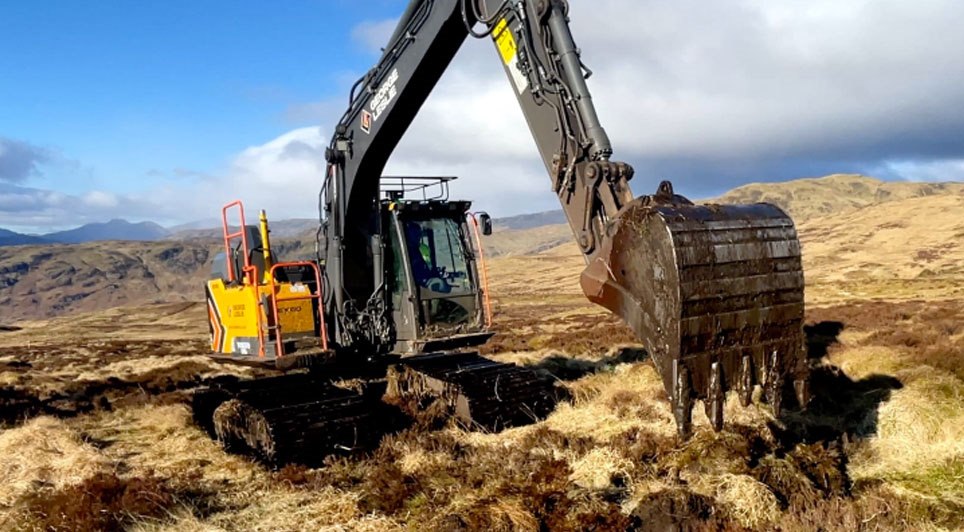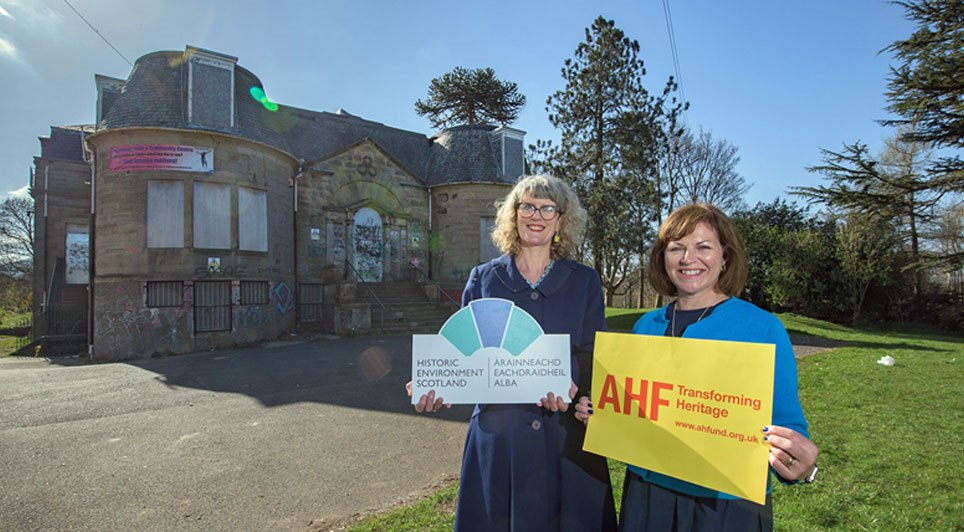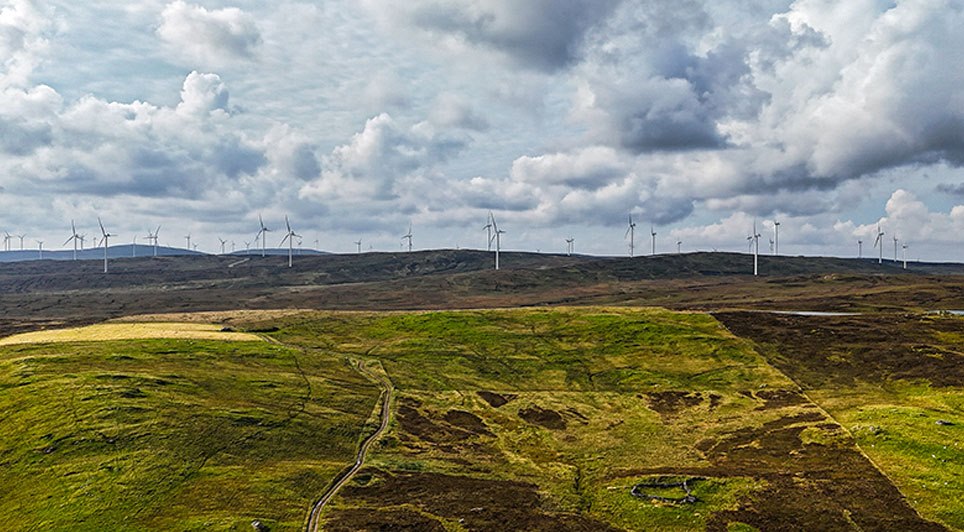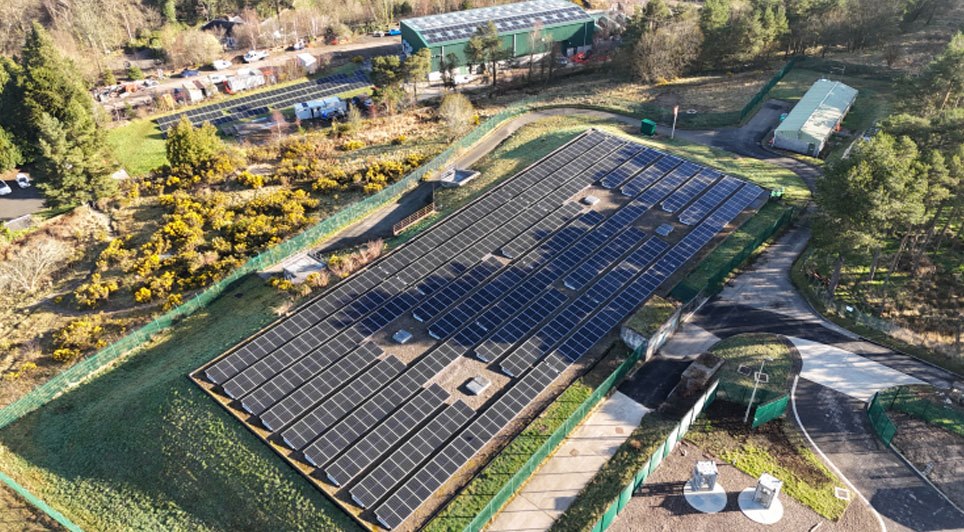A new River Clyde Tidal Flood Model, covering the area on the river between Dalbeth in Glasgow and Greenock has been produced by the Scottish Environment Protection Agency (SEPA) and Glasgow City Council.
Sea levels are predicted to rise because of climate change, and as a result, the risk of flooding for existing and new communities will increase.
Information from the model will be used by developers, planners, investors and organisations and individuals with an interest.
This collaboration between SEPA and Glasgow City Council will inform management of flood risk on the Clyde, and replaces the River Clyde Flood Management Strategy model.
SEPA and local authorities agree that the model represents the best available understanding of current and future flood risk from the tidal Clyde for coastal flooding events, including storm surges and sea level rise, to the year 2100.
The SEPA Flood Maps will be updated in due course to take account of the information from the model.
The consideration of tidal flooding is increasingly important as rising sea levels mean that flooding associated with high tides and storm events will be to a greater depth and cover a larger area of land than at present.
The Clyde has always been a key part of economic and social life in the West of Scotland, and the Glasgow city-region has a vision for a climate-resilient river corridor that supports a mix of land uses and provides attractive spaces where people want to spend time.
Development sites along the banks of the Clyde, many of which have lain vacant for many years, should be developed in a way that recognises the challenge of increased flood risk due to climate change. This challenge can be addressed through sensitive design that aligns with an overarching principle of no net loss of the functional floodplain, and gives consideration to land use vulnerability, and water resilient construction and operational practices.
Using the River Clyde Tidal Flood Model model, a proportionate, plan-led, approach to managing flood risk for existing and new communities will be delivered by key stakeholders (local authorities and SEPA) along the tidal reach catchment.
For new development, this catchment management approach is proposed to ensure no net loss of functional floodplain storage for the tidal reach of the river, thereby allowing and supporting appropriate development within that tidal reach.
Clyde Mission is working with key stakeholders to lead the development of a long-term adaptation approach for the River Clyde and wider City Region, and this will be informed by the River Clyde Tidal Flood Model. An adaptation approach sets out a series of actions to be taken at the appropriate time, as part of a phased implementation of measures, to build resilience to climate change.
This approach is a flexible way to facilitate long-term planning, modifying plans as needed, and allowing investment to be made when required. A key first step in developing a framework for adaptation will be the publication, in the coming weeks, of a report that provides options analysis and scoping of potential adaptation pathways for the tidal Clyde.
The River Clyde Tidal Flood Model will continue to be updated with new development as it is approved through the planning system, to ensure the model both remains current and is the best available source of flood risk information for the Clyde to the year 2100.
Vincent Fitzsimons, Head of Hydrology and Flooding at SEPA, said: "Scotland is already seeing the impacts of a changing climate. We know that there is locked in climate change we cannot reverse - including sea level rise. Climate change is a huge challenge and SEPA is pleased to have worked with Glasgow City Council to develop the Tidal Clyde Model as a shared tool to be used by all partners. SEPA endorses it as the current best available data to help assess the flood risk ahead for land use planning to allow communities in the area to thrive. Avoiding or adapting to flooding is a fundamental consideration in the design of great places as we learn to live safely with flooding both now and in the future."
Councillor Susan Aitken, Leader of Glasgow City Council and Chair of the Glasgow City Region Cabinet, said: "The Clyde is central to the life of Glasgow and our neighbouring local authorities, and like all other such rivers, has to face the reality of climate change. The new River Clyde Tidal Flood Model will allow proper management of flood risk along the river, ensuring that appropriate development takes place on its banks and flood plains. This management will ensure that the economic, environmental and social benefits of the many uses - both existing and to come - on the Clyde can continue to be delivered for future generations."
Construction News
13/06/2022
New River Clyde Tidal Flood Model Published


17/04/2025
A joint venture between Sir Robert McAlpine Capital Ventures and Buccleuch Property has successfully acquired 101 Centre Street in Glasgow, signalling a significant investment in the city's burgeoning southbank area. The 50/50 partnership aims to unlock substantial redevelopment potential on the 1.7

17/04/2025
Biotech firm MiAlgae has taken a significant step in its expansion plans by submitting proposals for a new production facility in Grangemouth, Scotland. The move is set to bolster Scotland’s green economic transition, with the first phase of the site projected to generate over 100 green jobs once op

17/04/2025
Scottish Water has completed the initial phase of a significant peatland restoration project at Loch Katrine, a vital source of drinking water for over a million customers in Glasgow and the surrounding areas.
The 400-hectare initiative aims to enhance water quality by reducing the amount of organ

17/04/2025
Clark Contracts has commenced work on a new £30 million purpose-built student accommodation (PBSA) development on Osborne Street in Glasgow.
The contractor was appointed by Ambassador Group to undertake the design and build of the 273-bed project.
Located in the heart of Glasgow City Centre withi

17/04/2025
Seven projects dedicated to promoting, celebrating, and enhancing Scotland's rich and diverse heritage are set to receive a share of £3.9 million in funding. The grants have been awarded through Historic Environment Scotland's (HES) Partnership Fund, which supports third-sector organisations making

17/04/2025
The Viking Community Fund has distributed over £1 million to 52 projects in the Shetland Islands since its inception on 1 September 2024.
The funding has provided vital support to a diverse range of community initiatives, from small grants for youth clubs and sports teams to significant investment

17/04/2025
The Finishes & Interiors Sector (FIS) has announced a new partnership with The Skills Centre to provide essential training and support for individuals seeking careers in the finishes and interiors sector. The collaboration is a direct response to the increasing skills shortage within the constructio

17/04/2025
John Aitchison, Managing Director of Maxi Construction, has announced the successful acquisition of several new contracts. Commenting on the recent awards, Mr Aitchison stated: "These contracts represent repeat business and awards via some of the frameworks we’re appointed to. We look forward to suc

16/04/2025
Construction work on the £5 million repair and refurbishment project at the Loch Centre in Tranent is scheduled to commence in June 2026.
East Lothian Council has announced the anticipated start date for the significant upgrade to the well-used community facility.
Under the current timetable, the

16/04/2025
A £636,000 project to install solar panels at the Gorbals water pumping station in South Ayrshire has been successfully completed.
The scheme aims to provide a renewable energy source for pumping water to thousands of customers in the region.
The project involved the installation of 793 solar pan
 Scotland
Scotland UK
UK Ireland
Ireland London
London










